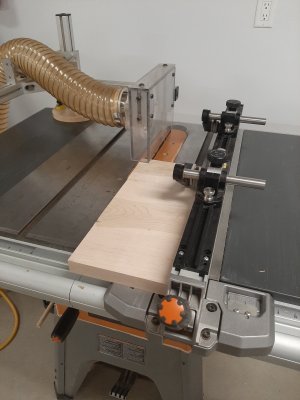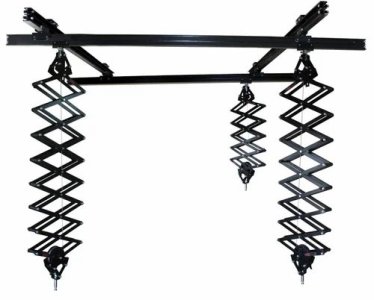Packard
Member
This may be old news, but I just read it today. The FTC (Federal Trade Commission) is trying to make Saw Stop technology optional only. They are opposing making it mandatory. I am still processing this information in my mind and I am undecided.
Here is the article I read. The claim is that the legislation would double the cost of the table saws and enrich one manufacturer. But, if I recall correctly, Saw Stop never wanted to produce table saws at all. They wanted to license the tech, but there were no takers. I think I would be OK with this legislation, if Saw Stop got out of the saw business and went back to the licensed-only business model.

 www.inc.com
www.inc.com
Here is the article I read. The claim is that the legislation would double the cost of the table saws and enrich one manufacturer. But, if I recall correctly, Saw Stop never wanted to produce table saws at all. They wanted to license the tech, but there were no takers. I think I would be OK with this legislation, if Saw Stop got out of the saw business and went back to the licensed-only business model.

FTC Says a Table Saw Safety Rule Must Be Scrapped. Here's Why
The regulator says a safety rule meant to prevent tens of thousands of finger amputations a year would hand one company too much power.


